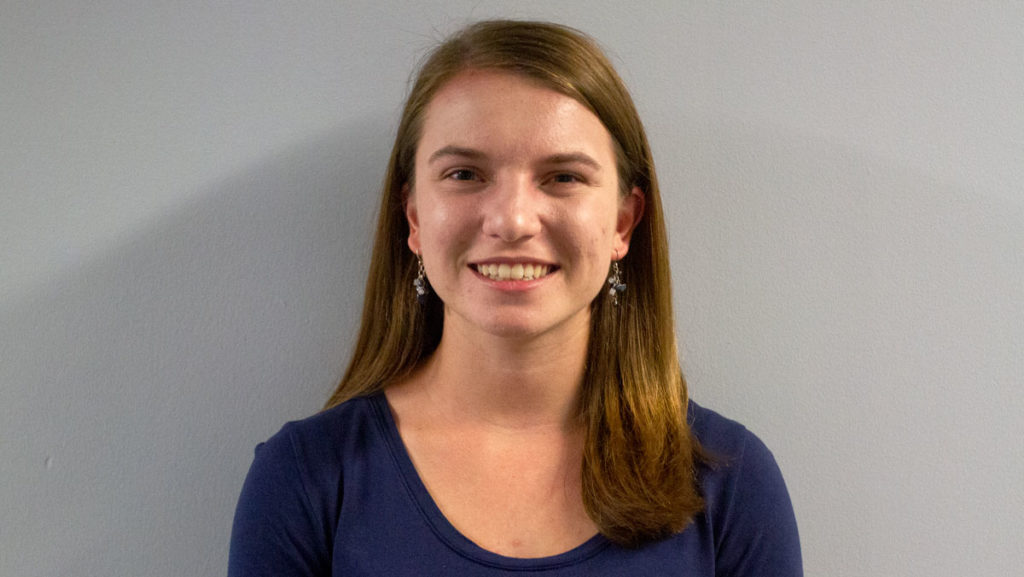On September 20, 2017, Hurricane Maria — the strongest storm to touch Puerto Rico in 85 years — slammed into the island, flooding neighborhoods and impacting the lives of all 3.4 million people who call the island “home.”
When the estimated Hurricane Maria death toll stood at 16 in October, the number was shockingly low compared to the 1,000–1,800 who died in Hurricane Katrina in 2005. The official death toll climbed to 64 by December, a number that seemed inconceivable considering that 150 mph winds had fully knocked out power on the island, resulting in the second-largest blackout in history. By February, school shootings, gun control debates, immigration policies and other hot news stories had all but erased Hurricane Maria and her victims from the headlines.
Until now.
Less than two weeks after officials announced that power had been fully restored to the island — almost 11 months after Maria first hit — a study released by researchers at George Washington University found that the death toll could be upward of 2,975 people, an estimate 46 times higher than the original body count. Nearly one year after the disaster, how does this new number affect anything? For starters, it will change how medical officials process and identify disaster-related deaths. It may even prompt the establishment of a national registry for individuals most likely to be affected by a future storms. It has also prompted officials to reevaluate disaster preparedness and the flaws in communication that delayed the United States from providing much-needed aid and supplies to Puerto Rico in the days after the hurricane. These evaluations will influence how the U.S. responds to disasters like Maria, on the mainland or in its territories, in the future.
However, this new death toll also goes to show that Puerto Rico is still in need of assistance, and that’s where students at Ithaca College come in. Monetary donations to the organization First Book will help provide necessary resources to children preparing to start their school year, while Unidos por Puerto Rico is still collecting funds to aid in the recovery efforts for individuals and businesses on the island. If students can’t financially support the efforts that are underway, they should keep talking about the U.S. citizens who are still struggling by sharing news about progress and relief efforts on social media.
With so many disasters and tragedies in our world, it can be difficult to read the news and empathize with people who continue to struggle long after the headlines have moved on. However, we as students must recognize that the lives of 3.4 million citizens of the U.S. have been changed forever by Maria, and that we, as individuals and as Americans, must continue to support Puerto Rico.




